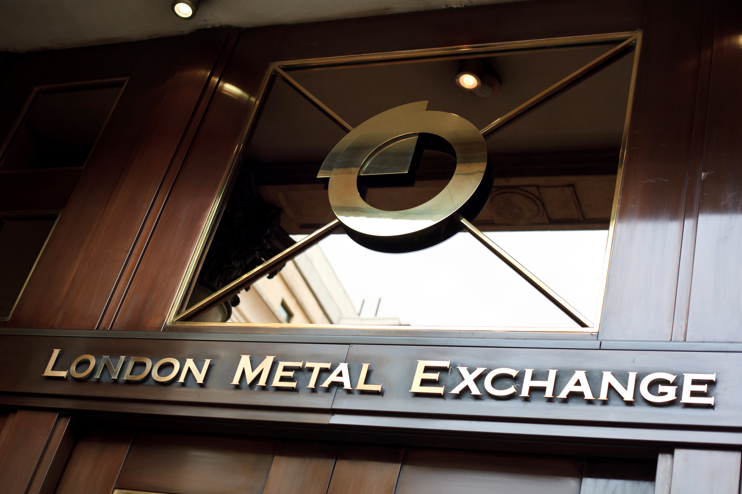 Lead material prices have traditionally been based on the LME, which stands for London Metals Exchange. The LME tracks metal prices and operates warehousing to hold various metals for release to the market.
Lead material prices have traditionally been based on the LME, which stands for London Metals Exchange. The LME tracks metal prices and operates warehousing to hold various metals for release to the market.
The LME has been the source used to benchmark metal prices to the market. The LME price was the base and then producers would apply their specific processing charges to smelt the material from ore to a delivered usable metal for a specific alloy.
Recycled material is driving force of price for lead
Lead acid batteries are one of the most recycled consumer products on the planet at a rate of 98 percent. Other sources of recycled lead include bullets from shooting ranges, boat ballast and medical equipment and products. In recent years, more new products have shifted away from requiring virgin lead material and instead are focused more on using recycled lead sources. This has resulted in recycled material as being the driving force in the market price for lead.
To recycle lead, processing plants need to buy used lead materials. The largest source for this is from lead acid batteries. Like anything in the market, this price fluctuates based on supply and demand and it varies by location. In the U.S., the price for scrap (also called SLAB, which is short for Spent Lead Acid Batteries) can be different between the East Coast, West Coast and Midwest. This scrap or SLAB price has become the base cost in the process of recycling lead. The cost to convert scrap remains a relatively fixed cost; aside from other market variables like natural gas or gasoline.
The separation in structure of price for lead
When you consider the process to buy and convert scrap, many suppliers in the market of recycled metal are separating their pricing structure from the LME because they feel that the LME does not accurately reflect the cost structure to produce material today. The cost to produce refined lead materials from scrap, in some cases, is more than LME and as the market moves the LME up or down, the cost to recycle and process stays fixed (aside from SLAB variation such as gas). This means that if the LME reaches certain levels it may cost processors more to produce lead than the LME established pricing.
With this change, many raw material suppliers are moving away from the LME benchmark and instead are using either daily market price (not released to LME) or benchmarks to the SLAB price for recycled lead that is not linked to LME. Either of these two methods offers a more accurate reflection of actual cost. As this change from LME occurs, prices will be more reflective of the real cost to produce metal and not a market trend driven by investors in London or around the world.

